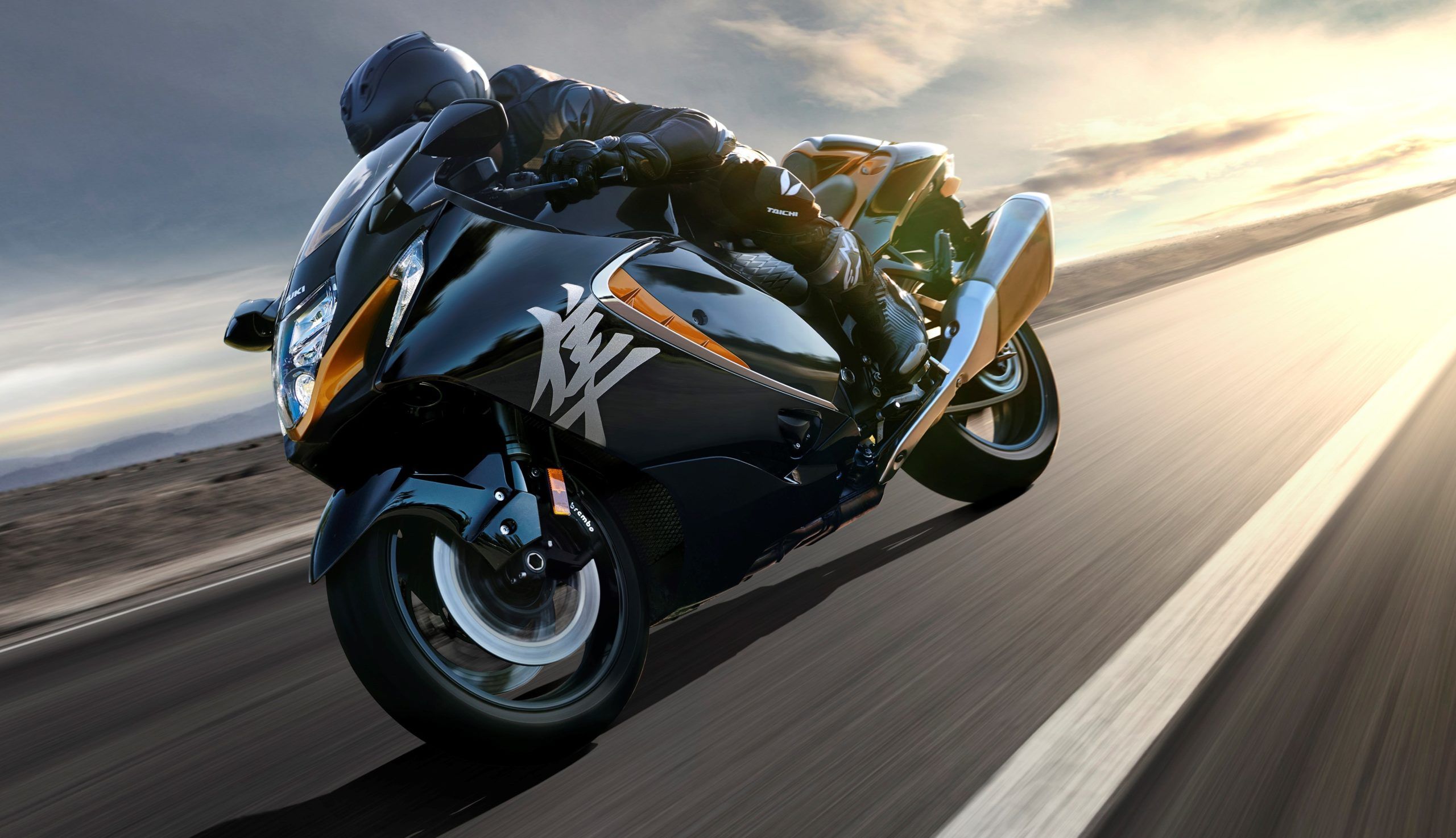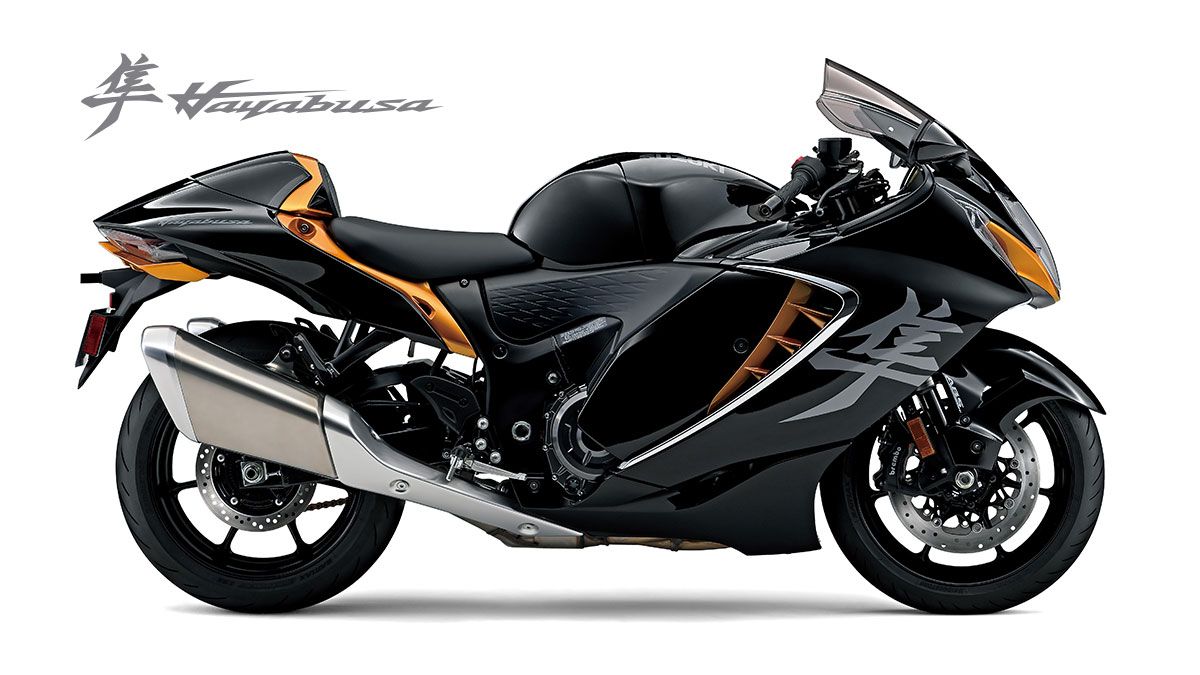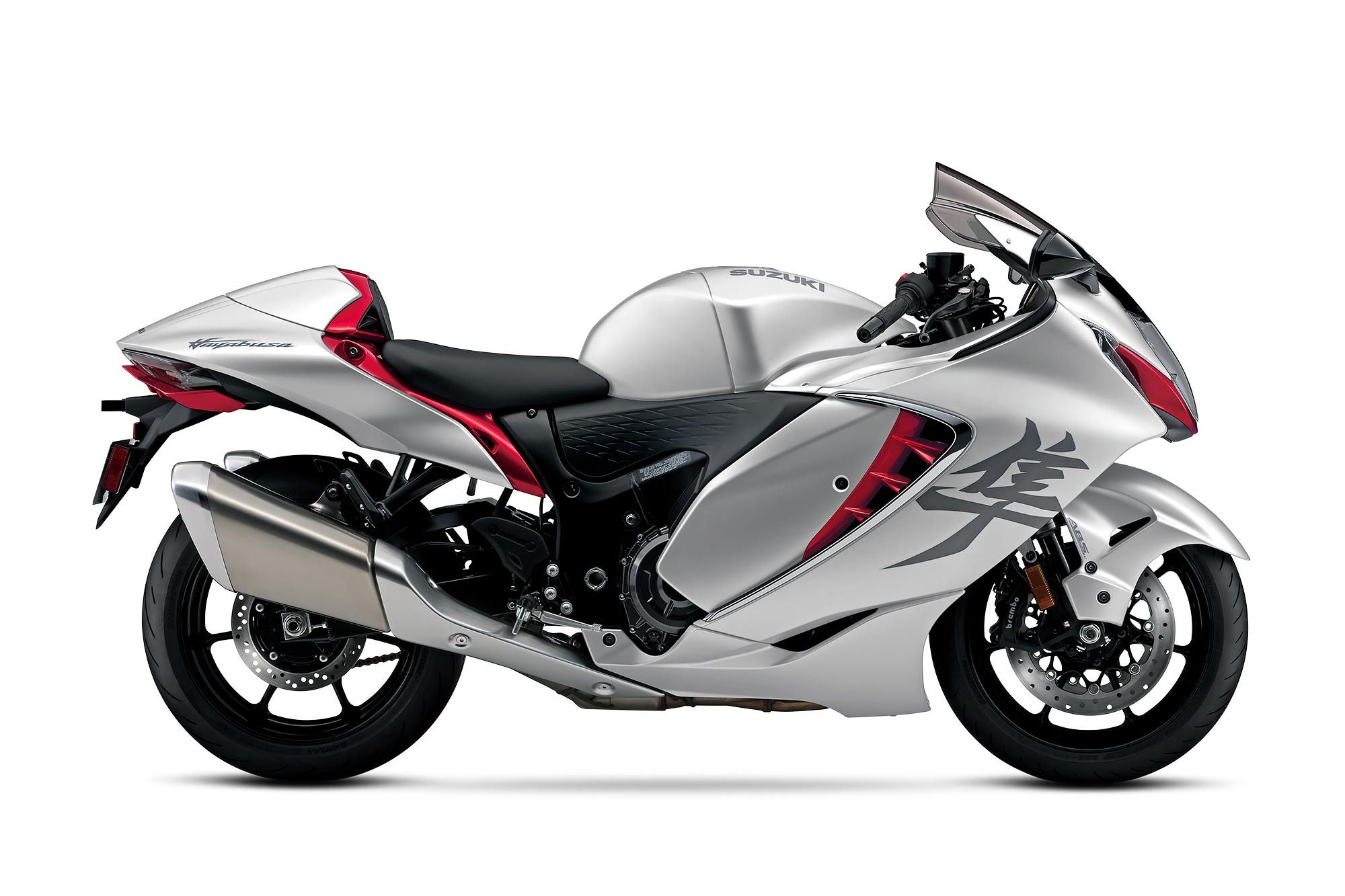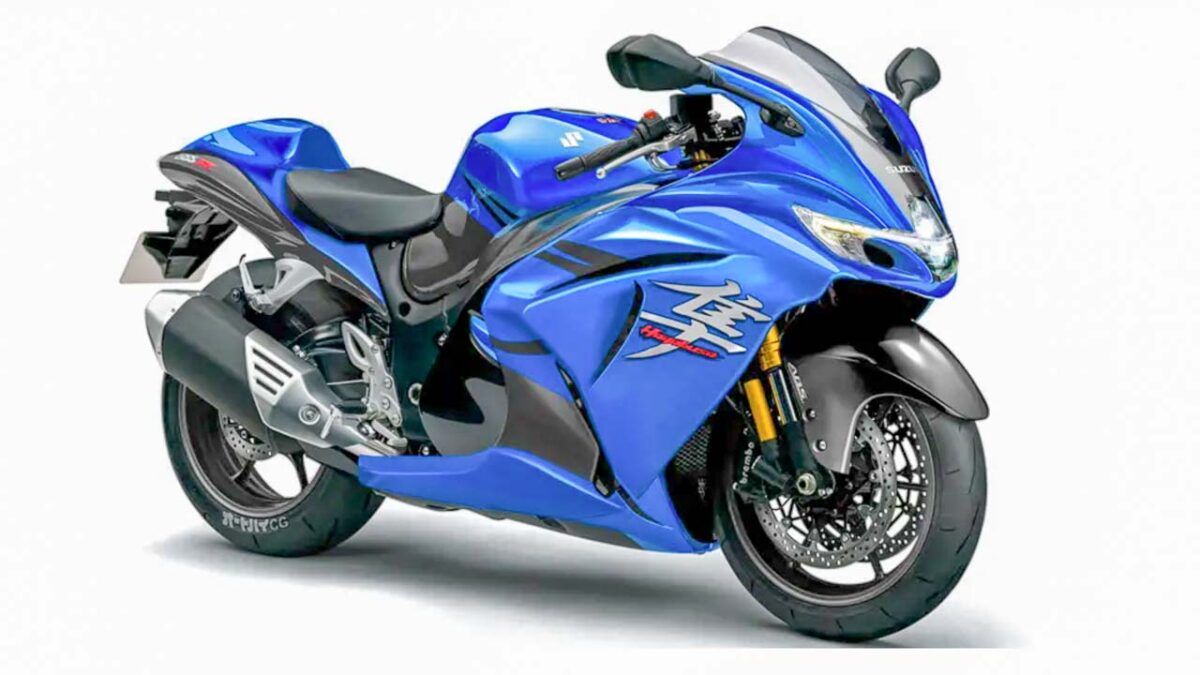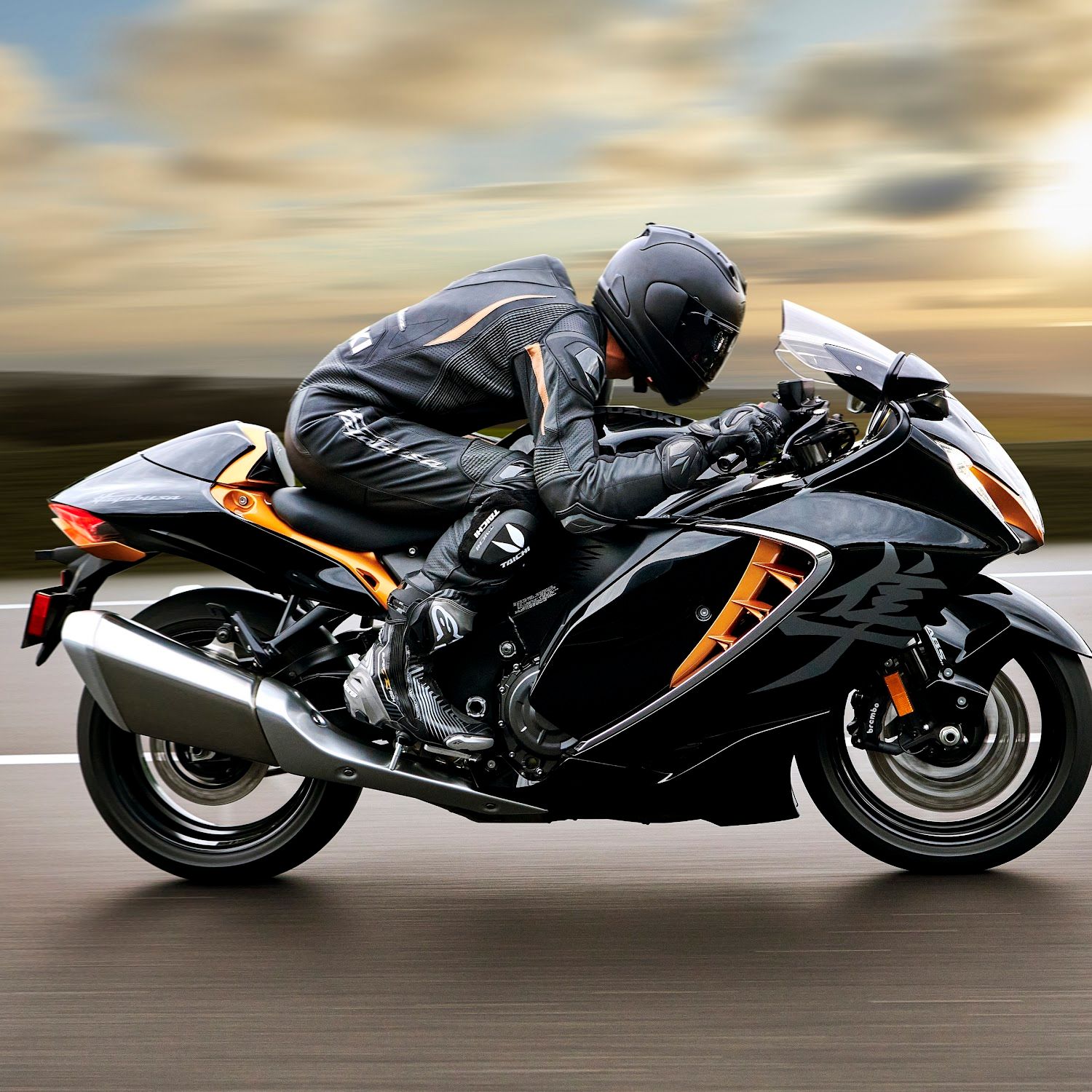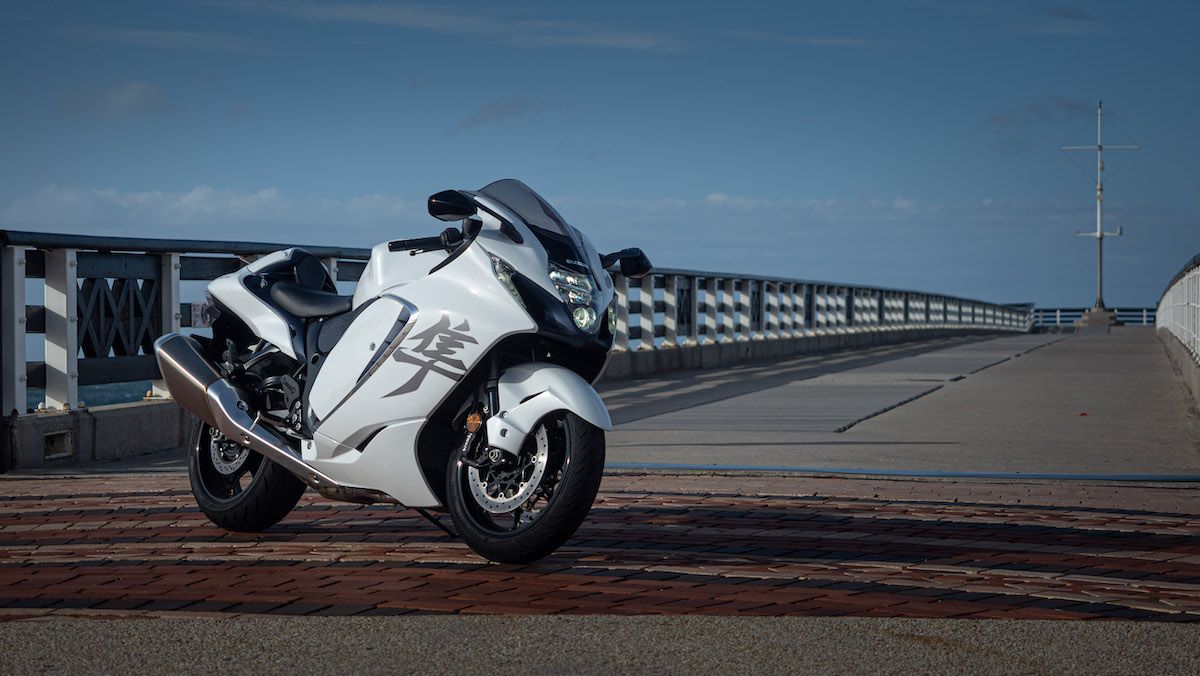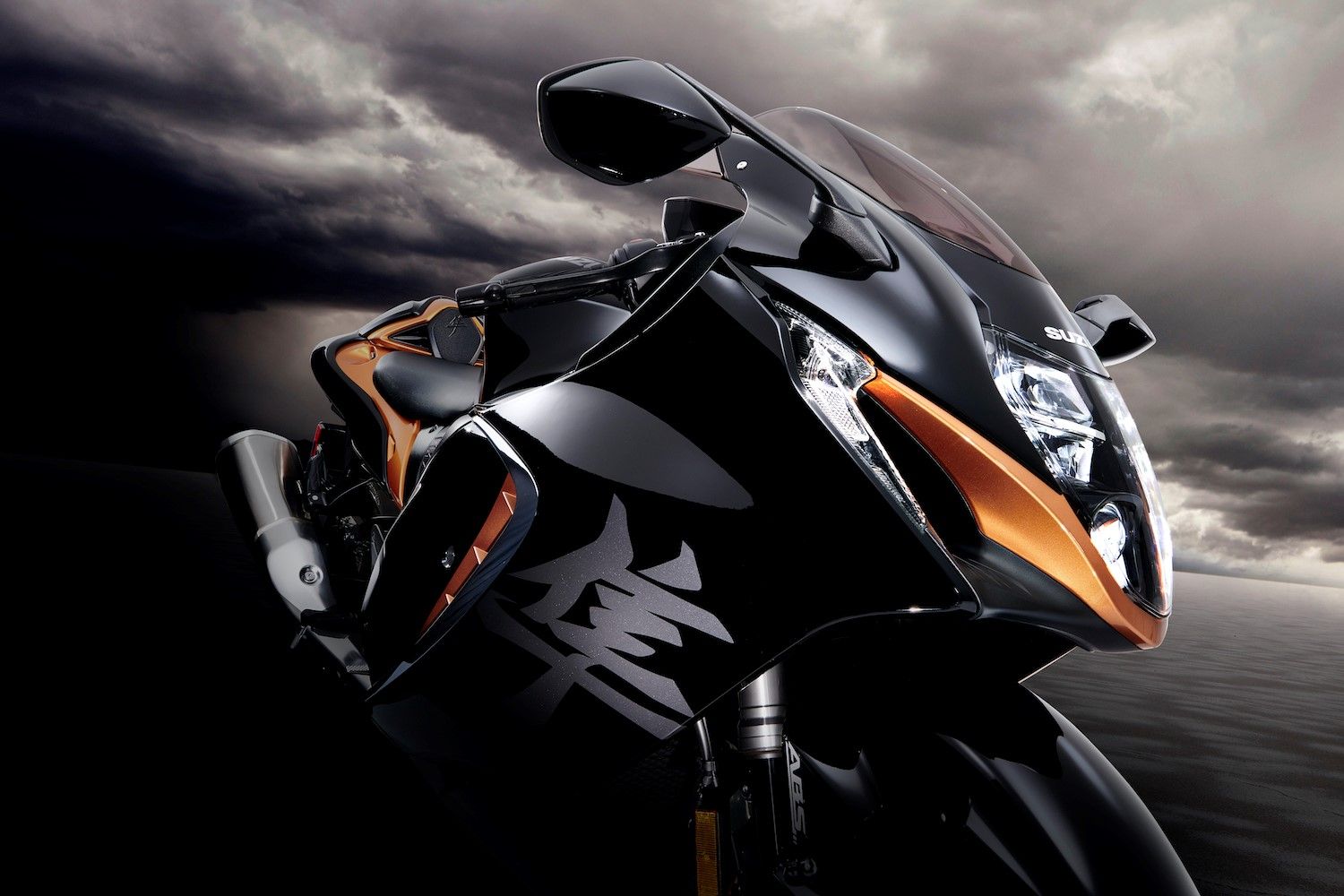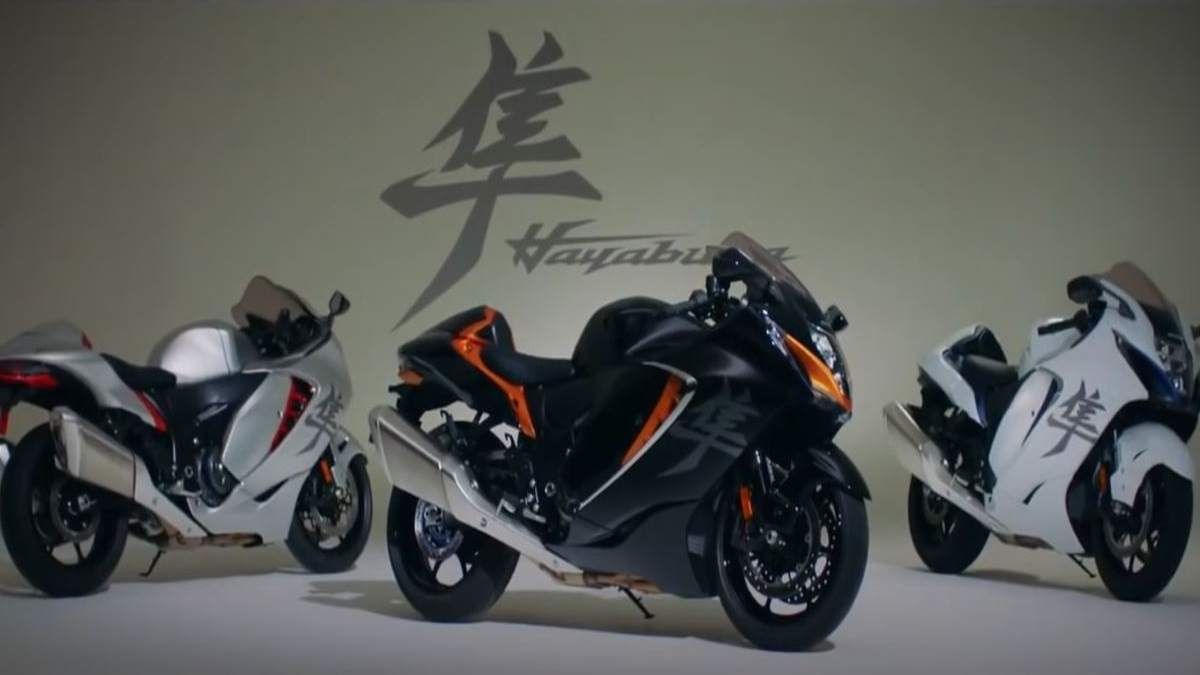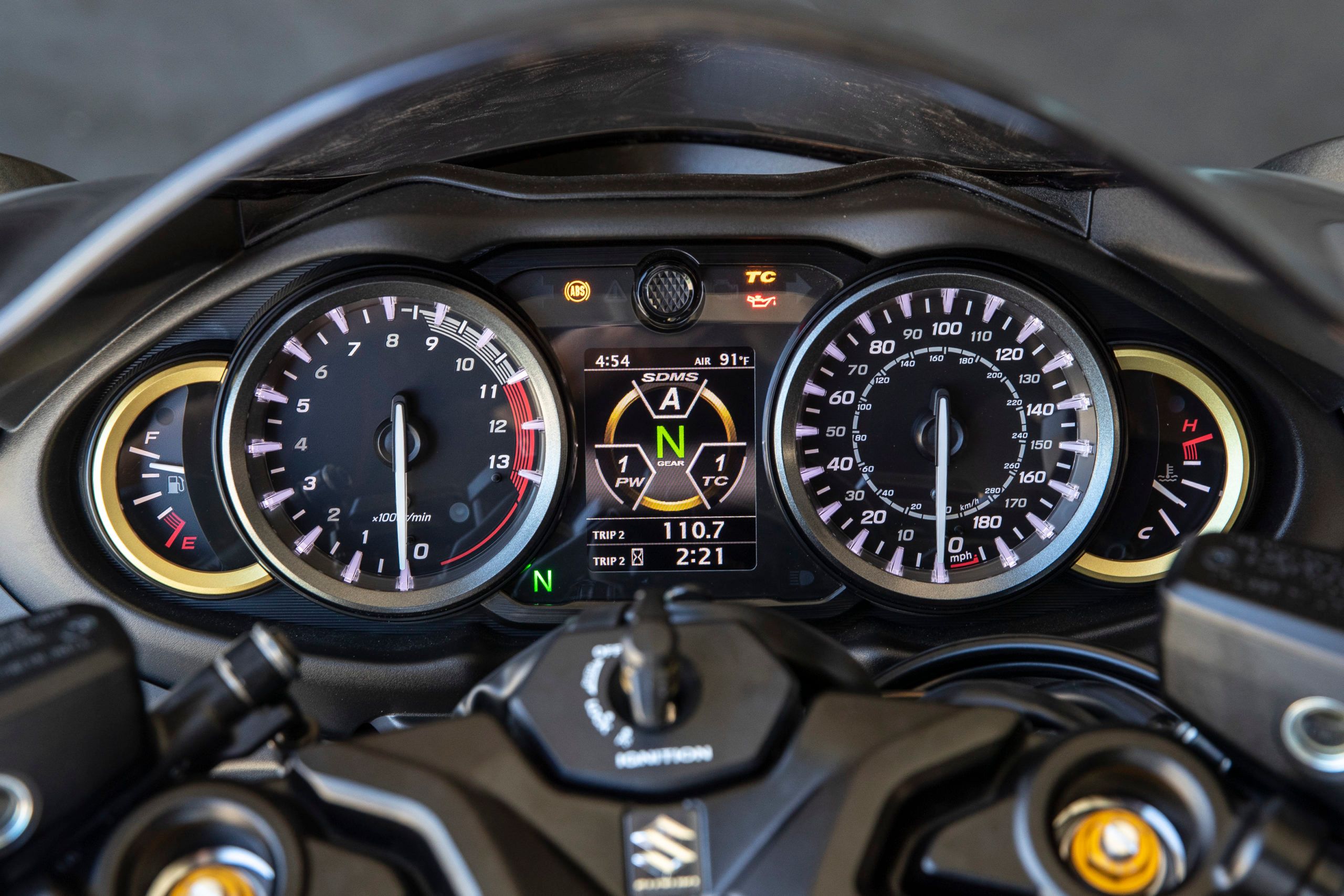The Suzuki Hayabusa is the bike that everyone loves to disagree about: some say it’s ugly, others say it is beautiful. But, what no one can argue about is that it was, at one time, the fastest production motorcycle in the world and it became so without resorting to superchargers or turbochargers: it adhered to the age-old maxim - there’s no substitute for cubic inches!
Released in 1999, it is still in production today in its second generation form.
The Name
When the Suzuki Hayabusa was launched, the fastest production bike was the Honda CBR1100XX Super Blackbird. Hayabusa is Japanese for the Peregrine Falcon, the bird with the fastest vertical dive and the Falcon’s natural prey is….the blackbird! The story that this was why the GSX1300R was called the Hayabusa has never been officially confirmed by Suzuki.
Suzuki Wasn’t Really Trying for the Outright Speed Record
The Hayabusa project leader was an engineer called Koji Yoshiura. In an interview, he claimed that:
If you believe that, well, maybe you should get out more!
Was It Too Fast?
The Hayabusa was so fast that manufacturers feared it would bring about legislation banning such motorcycles, especially in Europe. As the Hayabusa had been conceived to wrest the fastest motorcycle record from Honda, with Kawasaki also joining in the fun, it seemed as if none of them would rest in their attempts to make their respective models ever faster.
European legislators had their eyes on this extravagant display of speed so, to forestall any intervention, the motorcycle manufacturers entered into a voluntary agreement to limit top speeds to 186 mph (300km/h).
Early Hayabusas would easily top 190mph, while the speedometer would regularly read over 200mph, adding to the mystique.
The Ugliness Was Intentional
While the form of the bodywork is the product of many hours of wind tunnel testing, it was the designer’s intention to make the bike as visually striking as possible.
Koji Yoshiura had this to say:
You have to say that he might have been right!
Despite the concentration on outright speed, safety wasn’t ignored
The power and speed might have been insane, but Suzuki didn’t achieve either at the expense of safety. The wind tunnel work not only produced an aerodynamically slippery shape but also one that promoted great stability at speed. The engine’s power delivery was similarly designed to be linear rather than peaky, which might catch out less experienced riders.
The headlight was the brightest that was available a the time and even the speedometer had been designed to be as clear as possible.
The sky is the limit in terms of the engine’s horsepower output
The Hayabusa’s engine has proven itself to be hugely responsive to tuning and turbocharging, being so innately strong and over-engineered.
Outputs of 500 horsepower have been known and one drag racer in the UK, Jarrod Frost, has coaxed 708 horsepower out of his engine to set various UK land speed records.
Talking of Land Speed Records
In 2010, Rocky Robinson piloted the Ack Attack streamlined two-wheeled projectile to a new motorcycle land speed record of 376.63mph. The machine used two Hayabusa engines producing a combined 900 horsepower.
It’s Very Quick off the Line
A standard Hayabusa will accelerate from 0-62mph (0-100km/h) in 2.74 seconds, placing it 26th on the list of the fastest accelerating bikes in the world. That is only 0.4 seconds slower than the Suzuki GSX-R1000RR, which is fastest at 2.35 seconds.
In order to match that acceleration, you would have to spend over $110,000 for a Nissan GT-R. To beat it, you would have to spend more. The Hayabusa costs $18,599!
The 2022 Hayabusa makes less power but accelerates quicker
Increasingly severe emissions regulations have forced manufacturers to enlarge and re-tune engines to compensate for the power loss. Despite producing less horsepower, the second generation Hayabusa is actually faster from 0-60mph as it produces more torque in the low- and mid-range rev range.
It remains one of the most analog bikes you can buy
The Hayabusa still relies on good old cubic inches to make its power, without relying on forced induction or variable valve timing. Even the instrument cluster comprises an analog speedometer, rev counter, temperature, and fuel gauges.
FAQ
Q: Is the Hayabusa still the fastest bike?
No, that title has gone to the supercharged Kawasaki H2 and the track-only H2R, which has been clocked at 248mph (400km/h)
Q: How fast will a Suzuki Hayabusa go?
The Hayabusa will reach a speed of 194mph
Q: How much does a 2022 Hayabusa cost?
A brand new Hayabusa will cost $18,599
Q: Is Suzuki Hayabusa a good bike?
Yes, it's a brilliant piece of engineering, from the engine to the chassis, from the aerodynamics to the overall long-distance comfort, something you wouldn't expect from such a fast motorcycle.

